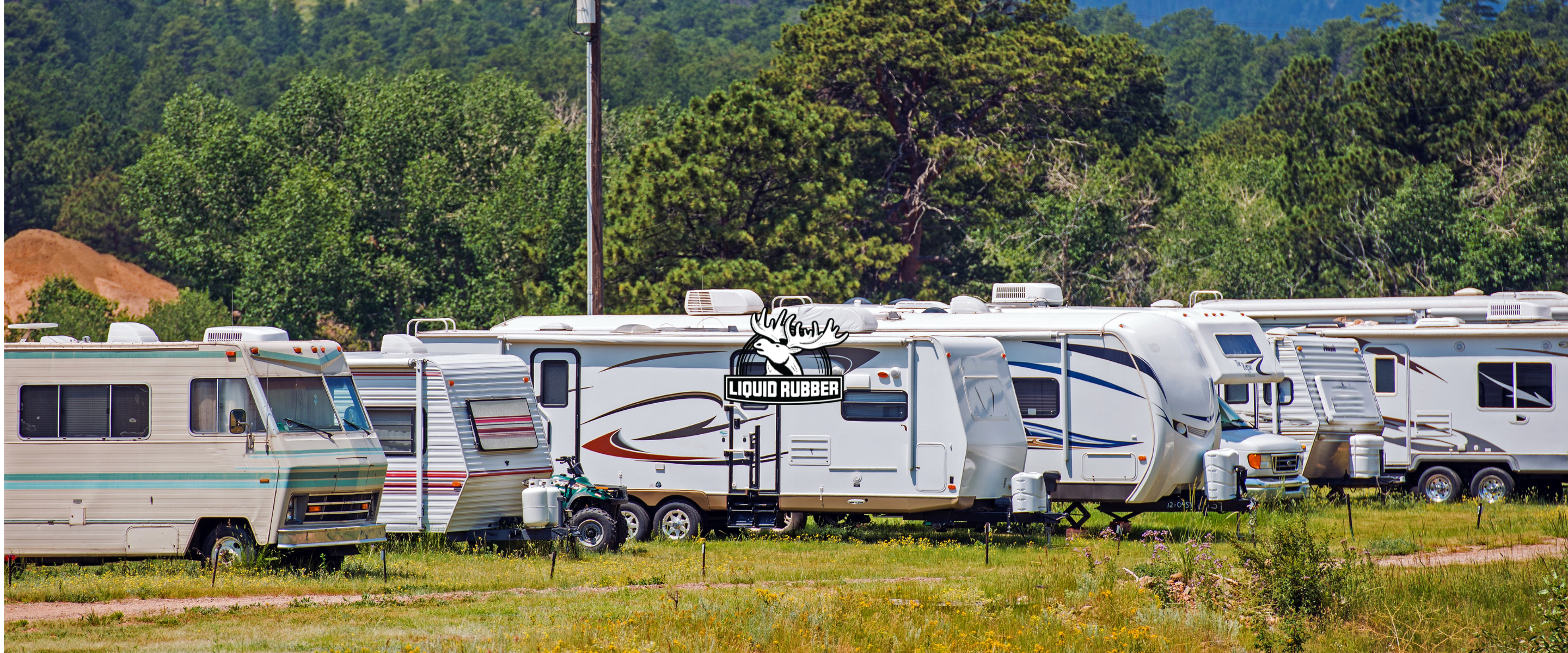Sealing your driveway can be a straightforward endeavor with the right knowledge and proper tools in your arsenal. This guide aims to provide you with crucial insights into the ideal conditions for applying sealant to your driveway. Specifically, we'll delve into the all-important question: what temperature should it be to seal a driveway?
Exploring the Importance of Temperature
Temperature plays a pivotal role in the process of sealing your driveway. The best range to apply driveway sealant to your driveway varies from 55 and 90 degrees Fahrenheit. Starting your project in the morning when the temperature is around 70 degrees Fahrenheit and is expected to rise is generally a good idea.
Remember, the temperature of both the air and the surface should not fall below 55 degrees Fahrenheit at any point within 24 hours of applying the sealant. This ensures the sealant dries and cures properly, thus optimizing its performance.
Conversely, when the temperature has dropped below 50 degrees, it’s usually too cold to apply the sealant. If the temperature drops to freezing or below while the sealant is drying, the water in the sealant could freeze, causing the finished product to separate and peel.
The Impact of Weather Conditions
Weather conditions, particularly rainfall and humidity, can significantly impact the sealant application process. If rain is expected within 24 hours of applying the sealant, or if it rained the night before, it's best to postpone your driveway sealing project. Rainwater can prevent the sealant from drying properly.
On the other hand, humidity can make a significant difference in the drying time of the sealant. This is due to the fact that water that’s contained in any of the coating has to evaporate into the air as it cures; something that greatly slows down when there is an abundance of moisture in the air. What’s more, lower humidity levels speed up drying times. Ideally, humidity levels should be below 60 percent when you're planning to seal your driveway.
The Role of Sunlight in Sealant Application
Sunlight is another crucial factor in the driveway sealing process. The sealant needs direct sunlight to dry properly. Mostly cloudy conditions can also deter drying times, slowing them down because the UV reflection needed to remove water from the sealant during the drying process isn’t as strong.
The Influence of Wind on Sealcoating
Wind can be both a boon and a bane during sealcoating. While a breezy day might help speed up the drying time, strong winds can cause significant problems during the application process. When wind is blowing above 10 miles per hour or faster, it’s not an ideal time for placement of curing.
The Importance of Proper Curing
Curing and drying are two distinct but equally important processes in sealcoating. The sealcoating material needs to dry completely for the curing process to occur. While drying will make the coating feel dry to the touch, the surface may still contain a small percentage of water that needs additional curing time.
Final Thoughts on Driveway Sealing
Sealing your driveway is a worthwhile investment in the long-term health of your driveway. By understanding the ideal temperature and weather conditions for sealcoating, you can ensure the longevity and durability of your driveway.
Remember, patience is key in this process. The sealant will eventually dry under ideal conditions, offering you a strong seal that will protect your driveway for years to come.





